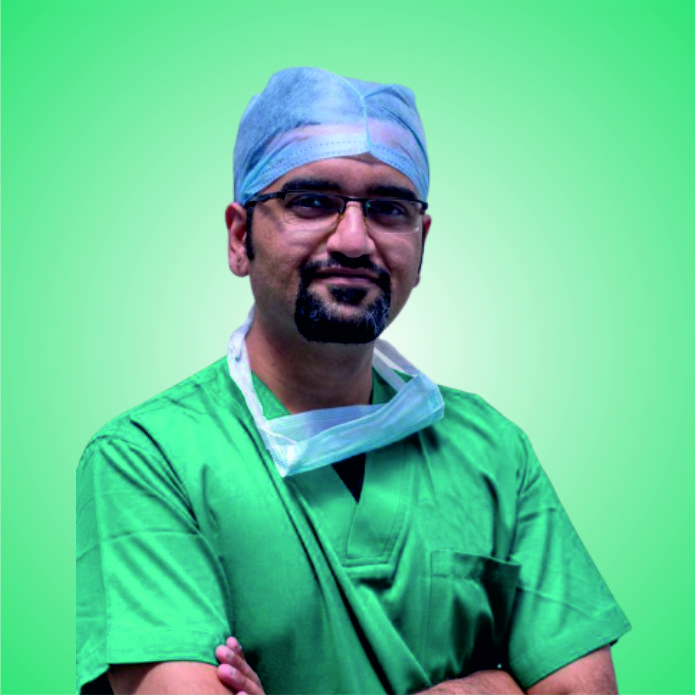Emergency Cases
+917056511111

Best Orthopedic Doctor in Sonipat
Are you looking for Best Orthopedic Doctor in Sonipat? Orthopedic trauma is a serious injury to parts of the musculoskeletal system – such as bones, joints, or ligaments. The traumatic injury requires immediate medical attention, as in some cases it can be life-threatening. But no matter the severity, urgent care is needed. Patients will be treated by an orthopedic trauma specialist, who focuses on patients suffering from serious injury. At Tulip hospital our Trauma Center is fully equipped to handle all types of immediate care needs. Our specially trained, trauma-certified personnel excel in providing the highest quality patient care for a range of patients – from severely injured accident victims to patients requiring immediate critical care from falls, to those needing prompt and effective treatment of a broken bone. Tulip hospital provides a multi-disciplinary approach, designed to coordinate multiple aspects of treatment and follow-up care. This approach includes:
- Laboratory and diagnostic services
- Blood Bank certified by the American Association of Blood Banks
- Radiology (including two CAT scanners, high-field strength MRI and open MRI systems)
- Respiratory therapy
- Nutritional support
- Social service
- Spiritual care
- Home health care
Other treatment techniques include:
- Open reduction and internal fixation – This type of treatment involve an orthopedic surgeon performing a surgical procedure on the bone. During surgery, bone fragments are repositioned (reduction) into normal alignment. Next, they are held together with special screws or metal plates attached to the outer surface of the bone (fixation). Bone fragments may also be held together by rods inserted into the marrow space in the center of the bone. This treatment approach can reposition the fracture fragments exactly.
- External Fixation –In this treatment approach, pins or screws are placed into the broken bone above and below the fracture site, allowing the orthopedic surgeon to reposition the bone fragments. The pins or screws are connected to a block of metal or bars outside the skin. This creates a stabilizing frame that holds the bones in the proper position for healing. Eventually, the external fixation device is removed, but sometimes internal fixation will prove necessary.
Orthopedic Hospital in Sonipat
Some orthopedists are generalists, while others specialize in certain areas of the body, such as:
- Hip and knee
- Foot and ankle
- Shoulder and elbow
- Hand
- Spine
Many people know that orthopedic surgeons treat broken bones, and replace painful joints, but orthopedic surgeons also treat patients for these problems-
- Sports injuries
- Back pain, ruptured disks and spinal stenosis
- Bone tumors
- Carpal tunnel, hand arthritis and hand injuries
- Club foot, bow legs and hip dysplasia
- Orthopedic trauma
- Limb lengthening
- Achilles tendon injuries, bunions and foot and ankle injuries
- Osteoporosis
- Arthritis
Tulip is the best Orthopedic Hospital in Sonipat. Book you appointment now!

With access to
24 Hour
Emergency
Assistance
Get the best medical treatment & consultation from the best doctors at Tulip Hospital.






